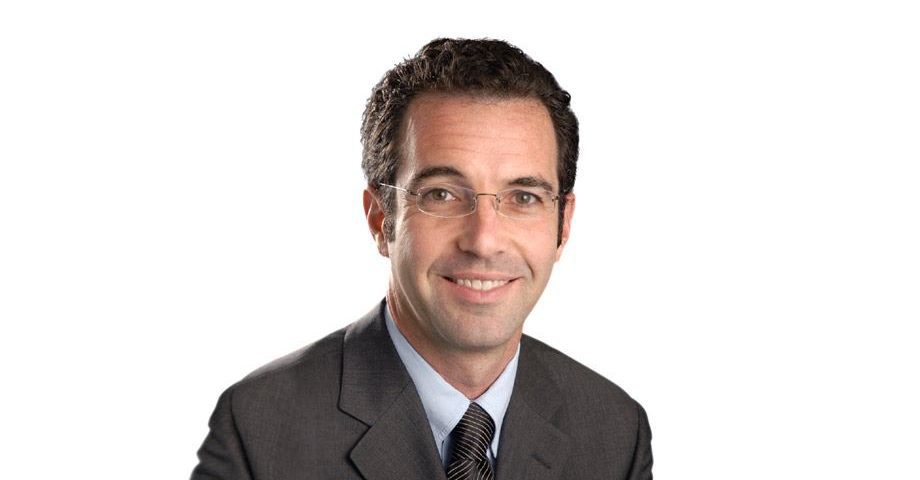- PATIENT FORMS | REQUEST A CONSULTATION | CONTACT US
- 1-844-NSPC-DOC
Dr. Brian Snyder Is First Neurosurgeon On Long Island To Implant “Revolutionary” New Device To Reduce Seizures

Long Island Brain Tumor Center At NSPC Named “Premiere Event Flagship Sponsor” Of L.I. Brain Tumor Walk
September 8, 2014Drs. Stecker and Rak To Speak At First G20 World Brain Mapping & Therapeutic Scientific Summit In Australia
October 13, 2014NeuroPace® RNS® Shown to Help Patients Whose Epilepsy Can’t be Controlled with Drugs
ROCKVILLE CENTRE, NY – Functional and restorative neurosurgeon Brian J. Snyder, M.D., of the Epilepsy Center at NSPC Brain & Spine Surgery (NSPC) (NSPC), is the first physician on Long Island (and the second in New York State) to implant the innovative new NeuroPace® RNS® System.
This device was recently approved by the Food & Drug Administration to help control seizures in patients whose epilepsy is unresponsive to two or more medications. Dr. Snyder implanted the RNS system at Winthrop-University Hospital, where he serves as Director of Functional and Restorative Neurosurgery.
“This is truly a revolutionary device, which represents the future of medicine,” said Dr. Snyder. “It will help countless patients who are unresponsive to medical management, and are not candidates for other surgical treatments. It is the most exciting development in epilepsy surgery in many years.”
The RNS System is a novel, therapeutic device that detects abnormal electrical activity in the brain and responds by delivering imperceptible levels of electrical stimulation before a patient experiences seizures. This stimulation normalizes brain activity, and stops many seizures before they start. Up to 400,000 patients across the U.S. may be eligible for this treatment.
The system is designed for patients who have partial onset seizures – seizures that start in one part of the brain. Eligible patients must have gone through diagnostic testing that identified no more than two seizure locations (foci), must be unresponsive to two or more antiepileptic medications, and must currently have frequent and disabling seizures.
Many patients who are unresponsive to medication can be helped by a type of surgery in which the part of the brain that is the source of seizures is removed. However, many of those who suffer from epilepsy have seizures in an area that cannot be removed because it controls vital functions. The RNS System is designed to help these patients.
RNS consists of a battery-powered stimulator, which is implanted, and leads containing electrodes, which are implanted over the seizure location. The system tracks the brain’s electrical activity, and delivers small bursts of electrical stimulation when developing seizures are detected. Once a day, the patient holds a wand-like device to his or her head. This “wand” device transfers data to the patient’s computer. These data are reviewed by the patient’s physician, who customizes therapy based on the data. The system’s initial protocols are set approximately a month after it is implanted, during which time physicians monitor any seizure activity in the patient’s brain and adjust the device’s programming accordingly.
“The way this device allows us to track the patient’s electrical activity, and customize therapy based on these data, is an order of magnitude above what were able to do before,” said Dr. Snyder. “There is truly nothing else like this out there for epilepsy or other neurological disorders.”
The RNS System was evaluated in three clinical trials, including a pivotal trial of 191 people at 32 sites. In the 32-site study, all patients had stimulators implanted, but some stimulators were not activated. Patients in this study did not know whether they received an activated or inactive stimulator. Those with activated stimulators reported a 38 percent reduction in seizures over three months, compared with a 17 percent reduction in patients whose stimulators were not activated. Two years post-implant, 55 percent of those with active implants had a 50 percent or more reduction in seizures.
Although just approved by the FDA, there is already a significant amount of experience with the RNS System. Some patients who participated in the studies have been treated with the RNS system for up to eight years. Treatment with the RNS System was recently approved for Medicare reimbursement.
“It is important to note that these patients’ seizures could not be adequately controlled in any other manner,” said epilepsy neurologist Alan B. Ettinger, M.D., M.B.A., who is Director of Epilepsy at NSPC, as well as Director of the Epilepsy Wellness Program, Winthrop-University Hospital. “We need effective treatments for the many people who live with uncontrolled seizures, and are happy to be the first center on Long Island to offer this effective new treatment to our patients.”
The unique technology in the RNS System may end up having applications other than epilepsy treatment: in July, NeuroPace announced a partnership with the U.S. Defense Advanced Projects Agency (DARPA) to test the RNS System for treating memory deficits.

